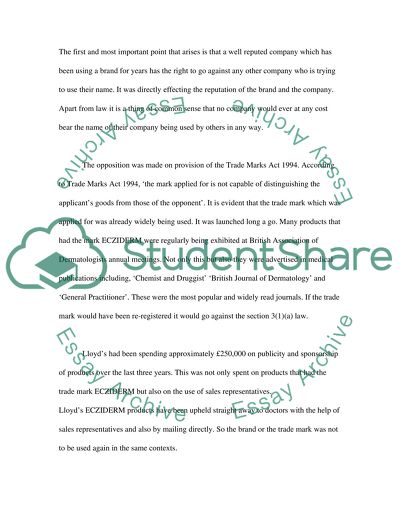Cite this document
(“Intellectual Property & Technology Transfer Case Study”, n.d.)
Intellectual Property & Technology Transfer Case Study. Retrieved from https://studentshare.org/law/1504376-intellectual-property-technology-transfer
Intellectual Property & Technology Transfer Case Study. Retrieved from https://studentshare.org/law/1504376-intellectual-property-technology-transfer
(Intellectual Property & Technology Transfer Case Study)
Intellectual Property & Technology Transfer Case Study. https://studentshare.org/law/1504376-intellectual-property-technology-transfer.
Intellectual Property & Technology Transfer Case Study. https://studentshare.org/law/1504376-intellectual-property-technology-transfer.
“Intellectual Property & Technology Transfer Case Study”, n.d. https://studentshare.org/law/1504376-intellectual-property-technology-transfer.


